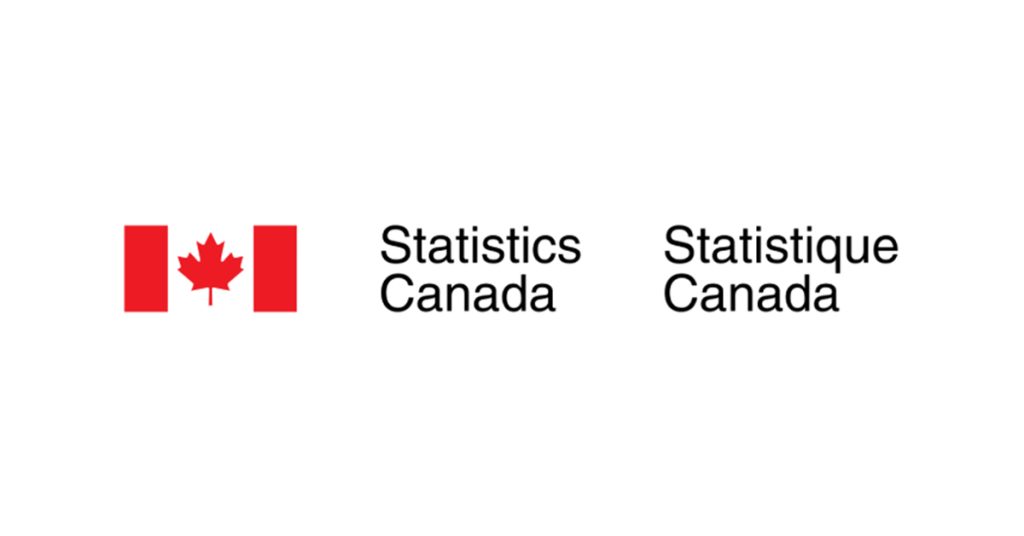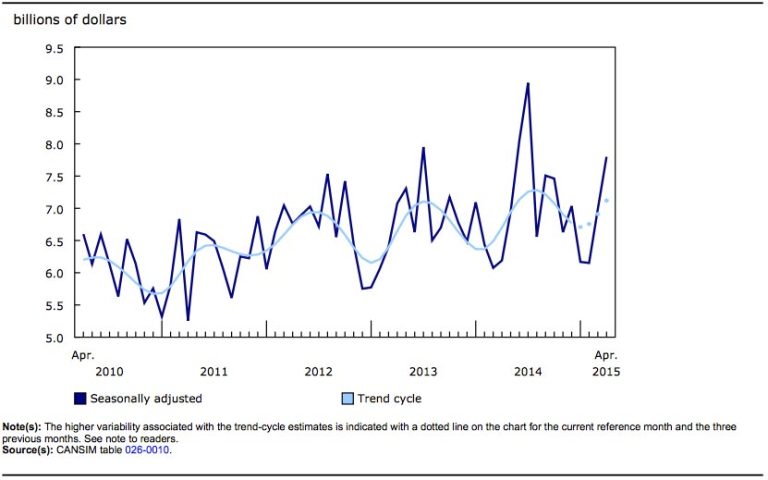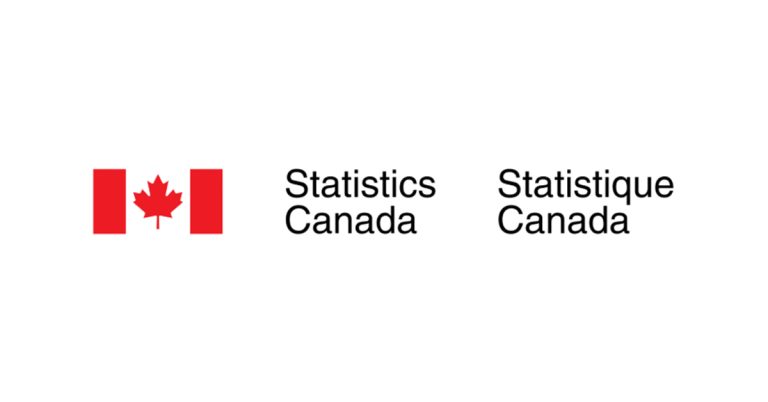Gross Domestic Product by Industry, April 2025

July 2, 2025
Real gross domestic product (GDP) edged down 0.1% in April, following a 0.2% increase in March.
Chart 1
Real gross domestic product edges down in April

The goods-producing industries were down 0.6% in April, with the manufacturing sector accounting for nearly all the decline.
The services-producing industries edged up 0.1% in April. Public administration, finance and insurance, and the arts, entertainment and recreation sectors contributed the most to the increase, while the wholesale trade sector was the largest detractor to growth. Overall, 10 of 20 industrial sectors expanded in April.
The manufacturing sector contracts on broad-based declines in April
Chart 2
Manufacturing sector down in April

The manufacturing sector was down 1.9% in April, the largest drop since April 2021, reflecting broad-based declines across both durable and non-durable goods manufacturing aggregates.
In April, durable goods manufacturing (-2.2%) was down for the first time in four months as 8 of 10 subsectors contracted. The transportation equipment manufacturing subsector (-3.7%) was the largest contributor to the decline, registering its largest monthly contraction since September 2021 when prolonged global supply chain disruptions and semiconductor shortages hit motor vehicle manufacturing. The decline in the subsector was largely attributed to other transportation equipment (-21.6%), which posted its first decline in six months, and motor vehicle manufacturing (-5.2%), coinciding with lower exports of passenger cars and light trucks as some motor vehicle manufacturers scaled back production amid uncertainty related to tariffs imposed on motor vehicle exports to the United States.
Non-durable goods manufacturing (-1.6%) contracted for the fifth time in six months in April, with the food and petroleum and coal product manufacturing subsectors contributing the most to the decrease. Food manufacturing decreased 3.6%, posting its largest monthly decline since May 2023, as lower production in most industries weighed on the subsector. Petroleum and coal product manufacturing dropped 5.9% in April, its largest contraction since April 2021, as many refineries and other petroleum products producers undertook turnaround and maintenance in the month.
Wholesale trade down on broad-based declines
The wholesale trade sector contracted 1.9% in April, recording the largest monthly decline since June 2023, as activity subsided in seven of the nine subsectors.
Motor vehicle and motor vehicle parts and accessories wholesaler-distributors (-6.8%) were the largest detractors to growth, as exports and imports of such products dropped in April. Declines in machinery, equipment and supplies (-1.6%) and miscellaneous (-3.2%) wholesaler-distributors further contributed to the decline, coinciding with declines of exports and imports of several related products.
Finance and insurance up amid increased financial market activity
The finance and insurance sector rose 0.7% in April. It was the largest monthly increase since August 2024, reflecting broad-based increases across all subsectors, led by financial investment services.
Financial investment services, funds and other financial vehicles (+3.5%) contributed the most to the growth in the sector, with the largest monthly growth rate since August 2024. The announcement of US tariffs on April 2 heightened trade tensions and prospects of a global economic slowdown, leading to unusually high activity on Canadian equity markets in April. Selling activity on the Toronto Stock Exchange and other financial markets in the four trading days following the announcement was the main contributor to April’s elevated activity. A subsequent rebound in North American equity markets, which began on April 9 following the announcement of a 90-day pause on US import tariffs, further contributed to the atypically high volume of activity seen in April.
Public sector activity rises, driven in large part by the federal election
The public sector aggregate (comprising educational services, health care and social assistance, and public administration) expanded 0.4%, as all three sectors within the aggregate expanded in April.
The public administration sector (+0.8%) contributed the most to the increase. The federal government public administration subsector led the growth with a 2.2% increase in April, its first increase in nine months, driven by higher activity associated with the Canadian federal election.
The health care and social assistance sector (+0.3%) rose with broad-based increases across all subsectors, while the educational services sector edged up 0.1%.
Arts, entertainment and recreation expands, driven in large part by performing arts, spectator sports and related industries and heritage institutions
The arts, entertainment and recreation sector increased 2.8% in April, its largest increase since March 2022, as all subsectors expanded. Five Canadian National Hockey League teams qualified for the playoffs for the first time since 2017, resulting in higher than usual attendance levels at the arenas in April, and contributing to increased activity in spectators’ sports in the month.
The mining, quarrying, and oil and gas extraction sector essentially unchanged
The mining, quarrying and oil and gas extraction sector was essentially unchanged in April as declines in oil and gas extraction and mining and quarrying (except oil and gas) were offset by an increase in support activities for mining, and oil and gas extraction.
The oil and gas extraction subsector contracted 0.6% in April. Oil and gas extraction (except oil sands) was down 1.1%, reflecting lower natural gas and crude petroleum extractions. Oil sands extraction was essentially unchanged, as higher crude bitumen extraction was fully offset by lower synthetic crude production, as several upgrading facilities in Alberta began maintenance and turnaround work in April. Furthermore, a rupture in the Keystone pipeline in early April prompted its temporary shutdown, contributing to a decline in activity of crude oil and other pipeline transportation and coinciding with reduced crude oil exports for the month.
The support activities for mining, and oil and gas extraction subsector rose 4.8%, driven in large part by an increase in support activities for oil and gas extraction, as rigging and drilling activities both expanded in the month.
Chart 3
Main industrial sectors’ contribution to the percent change in gross domestic product in April

Advance estimate for real gross domestic product by industry for May 2025
Advance information indicates that real GDP decreased 0.1% in May. Decreases in mining, quarrying, and oil and gas extraction, public administration and retail trade were partially offset by an increase in real estate and rental and leasing. Owing to its preliminary nature, this estimate will be updated on July 31, 2025, with the release of the official GDP by industry data for May.











